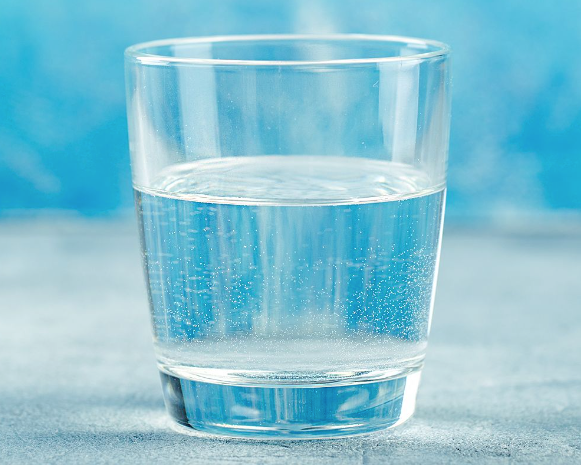
PPCPs in Tap Water
PPCPs encompass a wide range of substances, including prescription and over-the-counter medications, as well as personal care products like cosmetics, fragrances, and sunscreens. When people use these products, some of the active ingredients and chemicals may not fully break down or get removed during wastewater treatment processes, leading to trace amounts of PPCPs in tap water.
Sources of PPCPs in Water
Flushing and Disposal: People often dispose of unused medications by flushing them down the toilet or drain. This can introduce pharmaceuticals into the wastewater system
Excretion: After people consume medications, their bodies metabolize some of the compounds, but not all. The unmetabolized portions are excreted in urine and feces, eventually entering the wastewater stream.
Runoff and Leaching: Personal care products applied to the skin, such as lotions and sunscreens, can wash off in the shower or while swimming, potentially entering water bodies.
Health Concerns of PPCPs
The presence of PPCPs in tap water, even at low concentrations, has raised concerns about potential health effects. Research into the health impact of long-term exposure to these trace amounts is ongoing, but some concerns include:
Antibiotic Resistance: The presence of antibiotics in water can contribute to antibiotic resistance, making it more challenging to treat bacterial infections.
Endocrine Disruption: Some PPCPs, such as certain chemicals in personal care products, have been linked to endocrine disruption, potentially affecting hormone function in humans and wildlife.
Ecological Impact: PPCPs can have unintended ecological consequences when they enter water bodies, affecting aquatic life and ecosystems.
Regulation and Monitoring
While regulatory agencies, including the Environmental Protection Agency (EPA) in the United States, have set water quality standards for various contaminants, the regulation of PPCPs in tap water is still evolving. There are currently no federal standards specifically for PPCPs in drinking water.
Treatment and Removal
Many conventional water treatment processes are effective at removing or reducing PPCPs in tap water. These processes may include coagulation, sedimentation, filtration, and disinfection. Advanced treatment methods, such as activated carbon adsorption and advanced oxidation processes, can also be employed to target specific PPCPs.
Conclusion
The presence of PPCPs in tap water is a complex and evolving issue. While the concentrations of these substances in tap water are typically low and unlikely to pose immediate health risks, ongoing research is essential to understand any potential long-term health and environmental effects. As the understanding of PPCPs in tap water continues to grow, water utilities and regulatory agencies may adapt their approaches to monitoring and treatment to ensure the safety of drinking water. If you have specific concerns about PPCPs in your tap water, you can request water quality reports from your local water utility for information on contaminant levels in your area.
